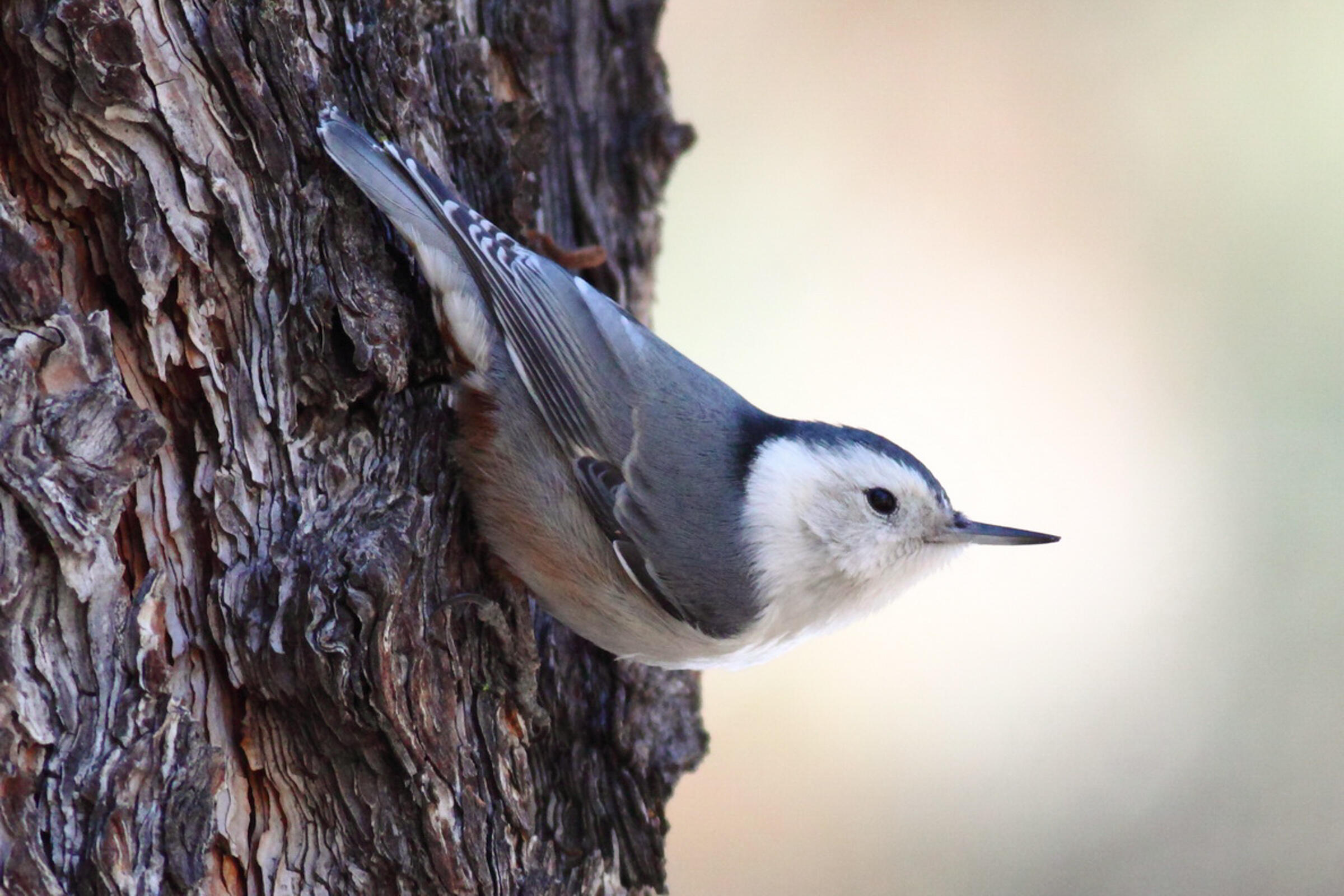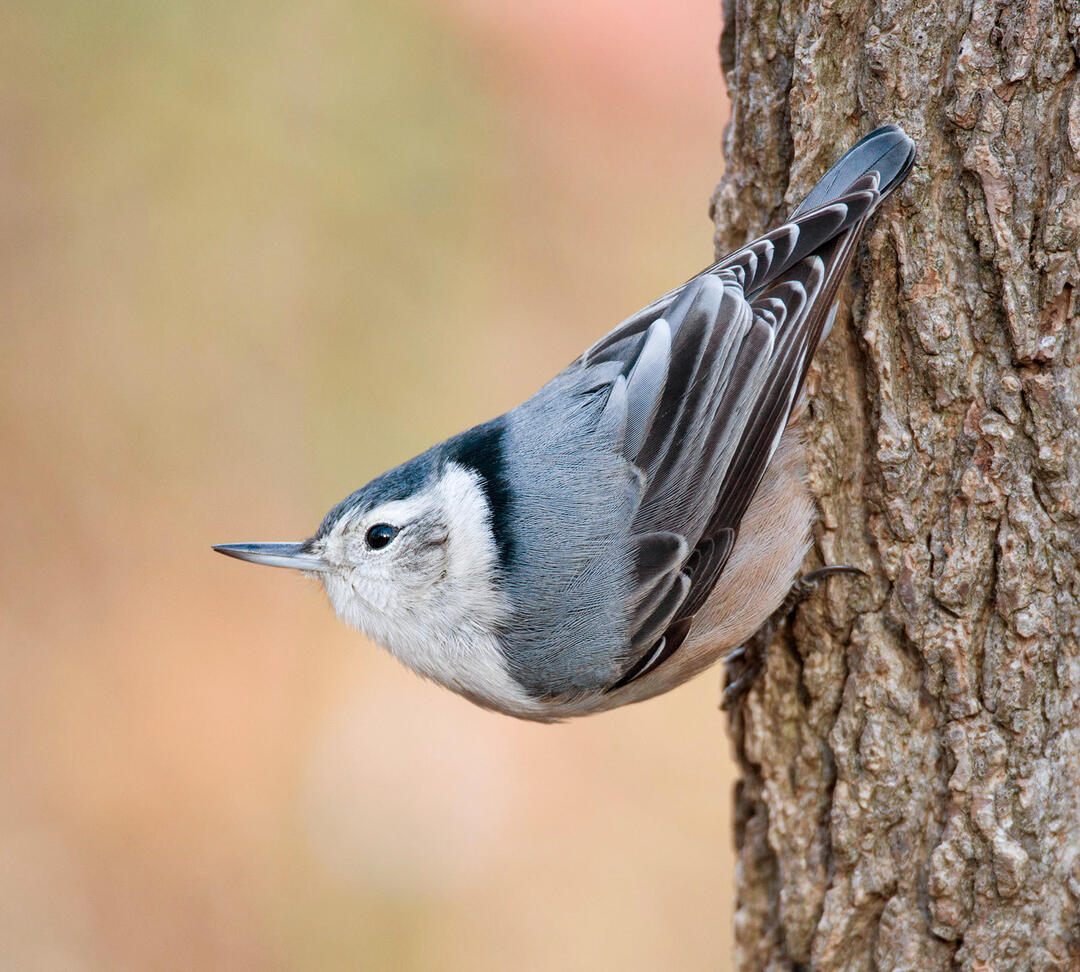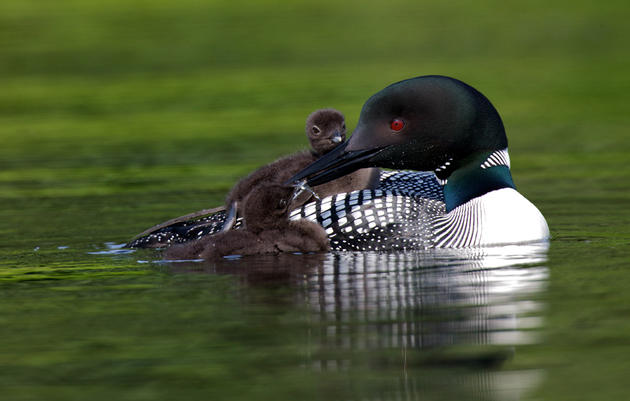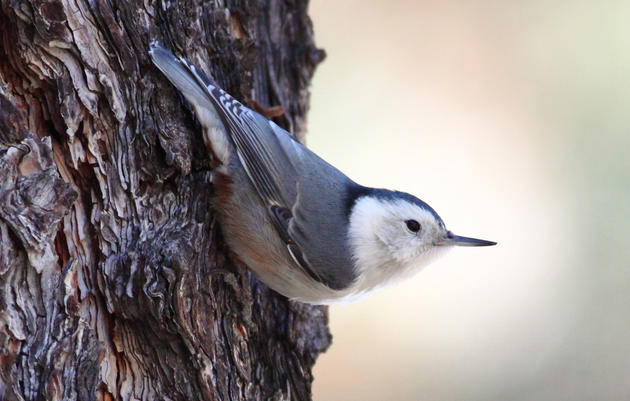Climate Watch Surveys take place every winter and spring during the official survey periods:
Winter: January 15 - February 15
Spring: May 15 - June 15
Climate Watch Background
Audubon's Climate Watch is a community science program that monitors how North American birds are responding to climate change by enlisting volunteers to follow specific protocol when collecting data on target species relevant to their region. The program was born shortly after Audubon released our first climate report in 2014 when thousands of people began asking what they could do in their communities to help conserve birds. Audubon's 2019 climate change report, ‘Survival By Degrees,’ predicts up to two-thirds of North American birds being vulnerable to extinction due to climate change. In light of this report, the need to track how birds are actively responding to climate change has become essential to their conservation. The good news is that one of Audubon’s greatest strengths is our network of volunteers who have been at the forefront of informing the science of bird conservation and climate change since the first Christmas Bird Count over 100 years ago – Climate Watch continues this tradition of large-scale community science.
Our climate models project how each of the 389 vulnerable species’ range of habitat is going to shift, but we don’t know how long it will take for birds to move to more suitable ranges or if they will move at all. That’s where you come in! Climate watch volunteers survey twice a year, once in the winter and again in the springtime. Participants can choose to survey at any point during this timeframe, but you must finish your survey in one day.
Participants are encouraged to get into contact with their regional or local Climate Watch coordinators to get started. That being said, there are resources online if you would like to work independently.
Climate Watch from Audubon.org on Vimeo.
Overview of Climate Watch
How do I get involved?
Step One: Choose your target species from the following. You will need to be able to identify the species by sight and song as well as choose your Climate Square based on your target species's habitat. Click species name to view Audubon's online field guide or download the Target Species ID Guide.
- White-Breasted Nuthatch
- Red-Breasted Nuthatch
- Eastern Bluebird
- American Goldfinch
- Eastern Towhee (Spring/summer survey only)
Step Two: Pick out a 10x10km square from the Climate Watch map using these instructions. Your Climate Square is the area you choose to survey in. This could be a nature center, park or any other area that has suitable habitat for your target species.
Step Three: Using the Climate Watch Planner tool, choose 12 points within your climate square where you will survey and that represent the best accessible habitat for your target species. These points need to be at least 200m apart to avoid double counting.
Step Four: Email either (or both) of our Climate Watch Coordinators
- Sarah Hooghuis, Youth Conservation Leadership Coordinator at Audubon Vermont, sarah.hooghuis@audubon.org
- David Hewitt, Chapter Engagement and Community Science Americorps Member, david.hewitt@audubon.org
Once you have completed these steps, you are ready to get outside and survey! Surveying for one square takes an average of 3-4 hours and each square must be completed within one day. At each of your 12 points you will conduct a 5-minute survey in which you count as many target species as you see. You will pay special attention to your target species, but please note other species as well! It is always helpful to have more information than less.
What data do I need to record?
- Start time, duration, number of observers, latitude and longitude
- Total number of each species (target species and other bird species you are able to identify) that you see or hear within 100 meters of your location, line of sight permitting
- The presence of nest boxes or feeders within the survey area (recorded in comments box if using eBird)
- Your target species must be recorded on each checklist. (If using eBird, this must be placed in the comments box and please make sure that your comments are set as “public” so that we can access them
- If using eBird be sure to answer “yes” to the question “Are you submitting a complete checklist of the birds you were able to identify?” to indicate you are submitting a complete checklist.
How do I submit my data to Audubon?
- Use Audubon’s mobile app to record observations of your Climate Watch target species. To access this form within the app, tap on "My Audubon" and you will see the option to create a Climate Watch checklist at the bottom of the list. Once you have saved your checklists through the app, Audubon has the data and you are done. Note that the Audubon app's Climate Watch checklist capability is available only during the count period, so do not delay on submitting your data this way.
- If you do not have a smartphone, you can submit observations of your Climate Watch target species here: https://climatewatch.audubon.org/. Once you submit your 12 checklists per square (submit one form for each checklist), Audubon has the data and you are done.
- Use eBird.org or the eBird mobile app to record your Climate Watch survey checklists. Then log on to the web version of eBird (do not use the mobile app for this step), copy the checklist ID of each checklist, and submit your checklist info through Audubon's portal. A video showing how to use the portal can be viewed here.
Note: Paper forms for use in the field are available here. Once you have completed these forms, please submit your data through the online portal listed in #2 above or enter into eBird and then submit through the portal in #3 above.
If you're having any trouble with any of these steps, check out our Climate Watch 101 training video:
Additional resources:
2016-2018 Climate Watch Results
Printable bird ID guide of the 12 target species
A two-page PDF to provide a general overview of the effort to participants
Related
Survival by Degrees: 389 Bird Species on the Brink
What Audubon’s latest climate report means for Vermont’s birds
Climate Watch: Birding to Conserve
Our winter Climate Watch Survey is underway: January 15 – February 15, 2020
How you can help, right now
Donate to Audubon
Help secure a future for birds at risk from climate change, habitat loss and other threats. Your support will power our science, education, advocacy and on-the-ground conservation efforts.
Visit Audubon
It's always a good time to visit the Audubon Center. Trails are open to the public year-round. Visit us daily from dawn until dusk! Donations are appreciated.
Events
Adults, preschoolers, foresters, photographers, sugarmakers and families will all find opportunities to connect with nature.









